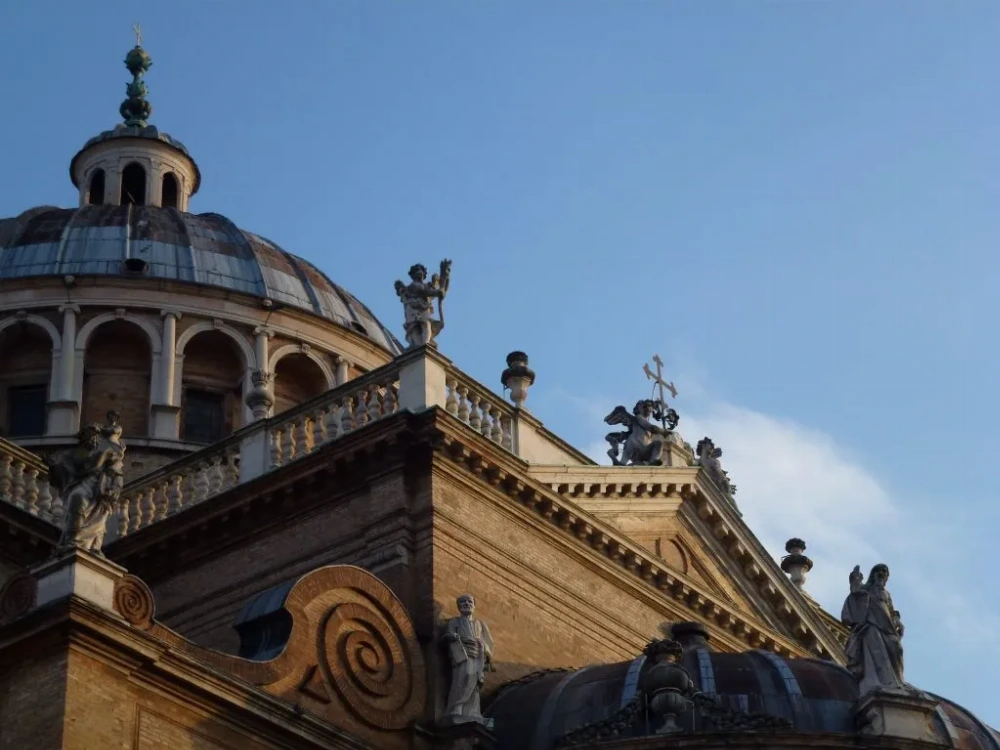Discovering Parma: A City of Art, Music, and Flavor
Parma is a city that tells its story through art, architecture, and a culinary tradition renowned worldwide. In the heart of Emilia-Romagna, the city welcomes visitors with a discreet and authentic elegance.
As you stroll through its historic streets and lively squares, you’ll encounter artistic masterpieces, centuries-old buildings, and unmistakable flavors that reflect our region’s gastronomic excellence.

Cathedral and Baptistery: Timeless Symbols
In the heart of Parma stand two of the city’s most iconic landmarks: the Cathedral and the Baptistery. The Duomo, also known as the Cathedral of Santa Maria Assunta, is a stunning example of Romanesque architecture and houses remarkable frescoes, including the famous dome painted by Correggio.
Next to the Cathedral is the magnificent pink marble Baptistery. With its octagonal shape, it preserves medieval frescoes and artworks that tell centuries of faith and beauty. Both are must-see stops for anyone visiting Parma and looking to discover its most authentic soul.
Palazzo della Pilotta: The Cultural Heart of Parma
The Palazzo della Pilotta is one of the most important cultural centers in the city. Built in the 16th century, this vast complex houses the magnificent Teatro Farnese, the National Gallery with works by artists such as Correggio and Parmigianino, the National Archaeological Museum, and the historic Palatina Library.
A place rich in history, perfect for those who love to immerse themselves in local culture and discover the treasures preserved in the heart of Parma.
Teatro Farnese: A Seventeenth-Century Scenic Marvel
Housed within the Palazzo della Pilotta, the Teatro Farnese is one of the most fascinating historic theaters in Italy. Entirely built of wood and inaugurated in 1628, it impresses with its grand structure and the elegance of its decorations.
Today, it can be visited as a museum space and still preserves the magic of the great performances of the Farnese era. An unmissable stop for those who love the history of theater, art, and stage architecture.
